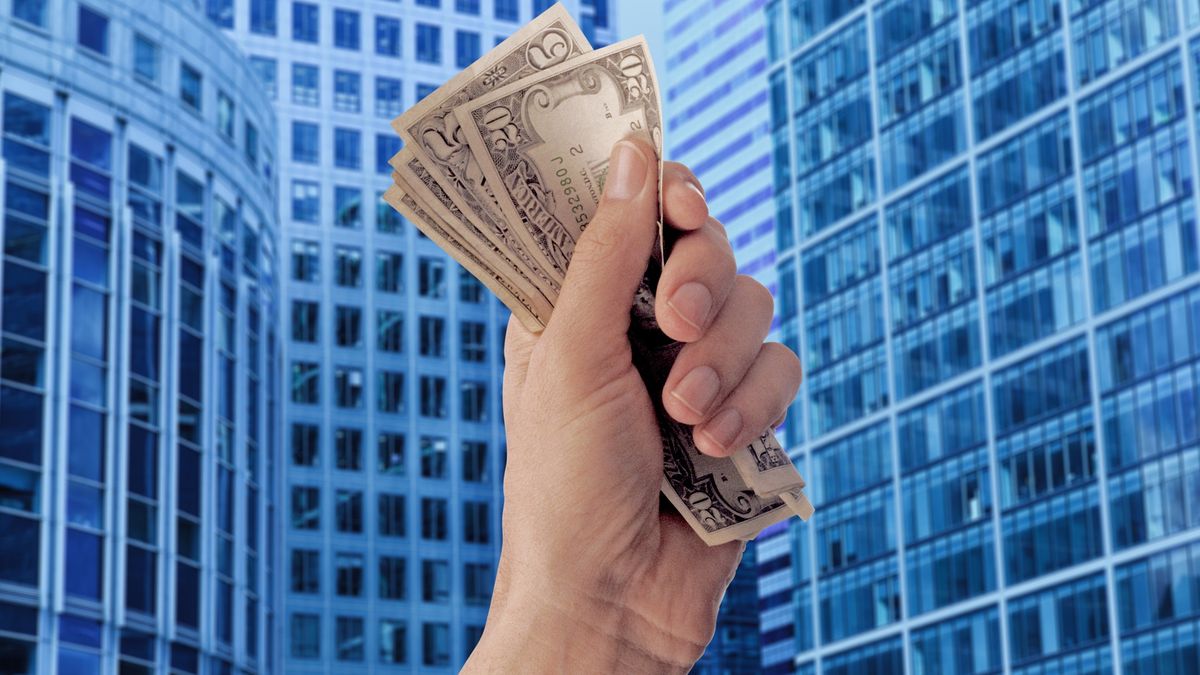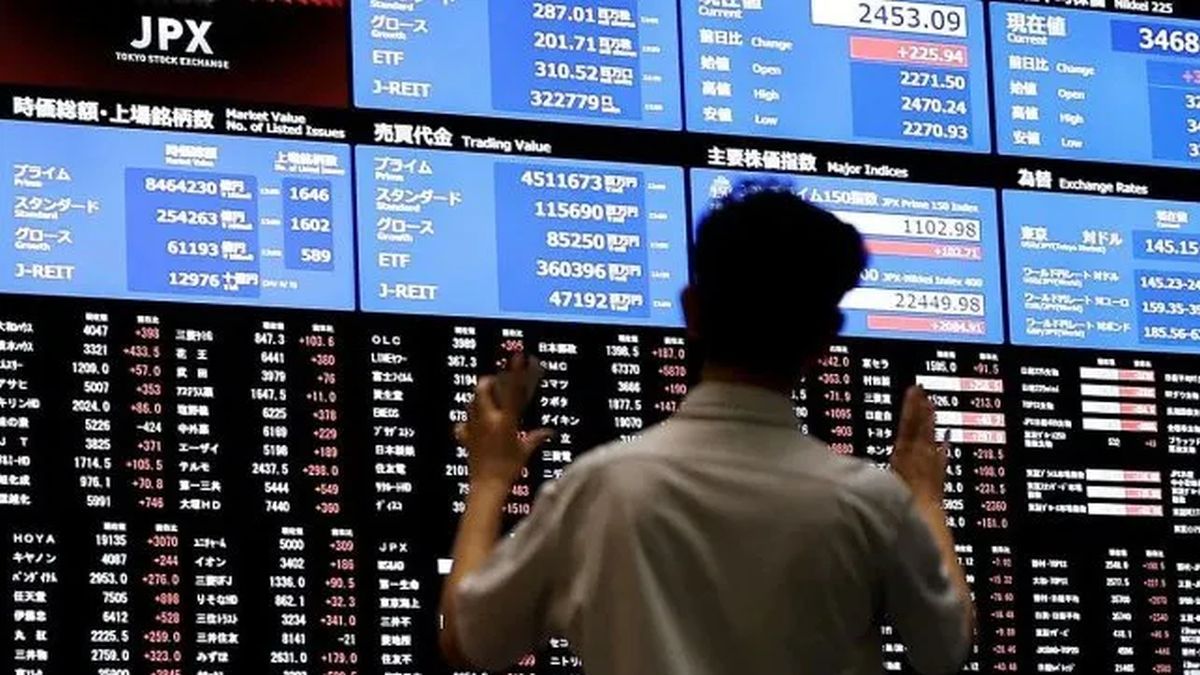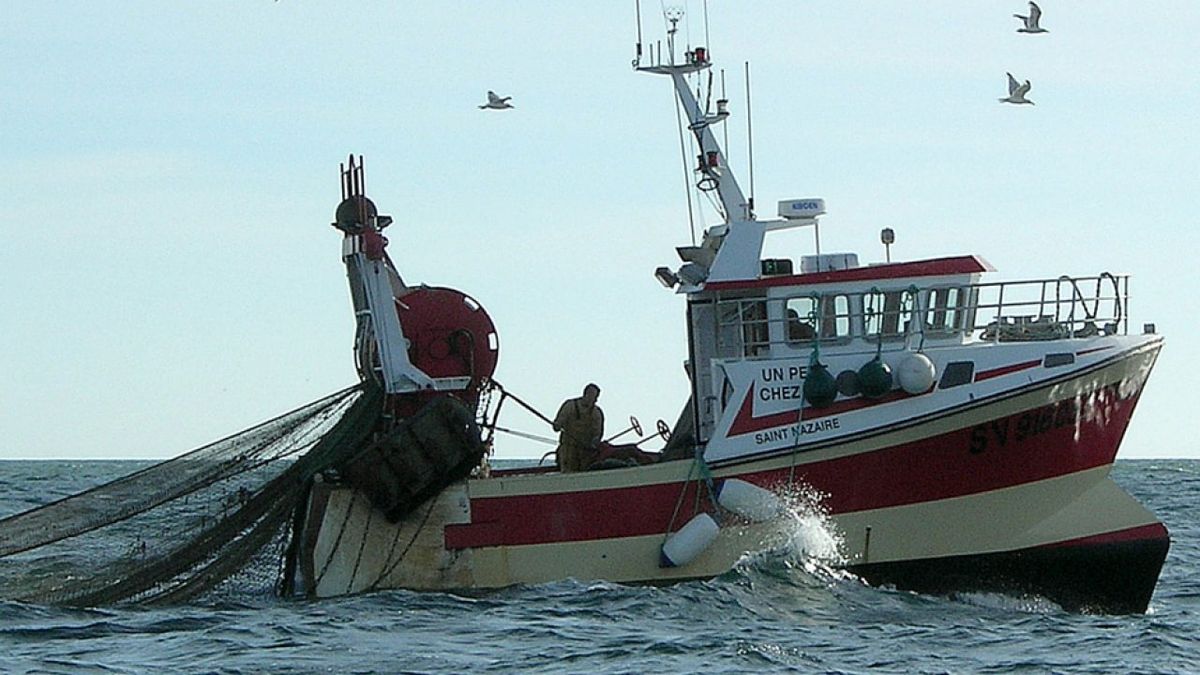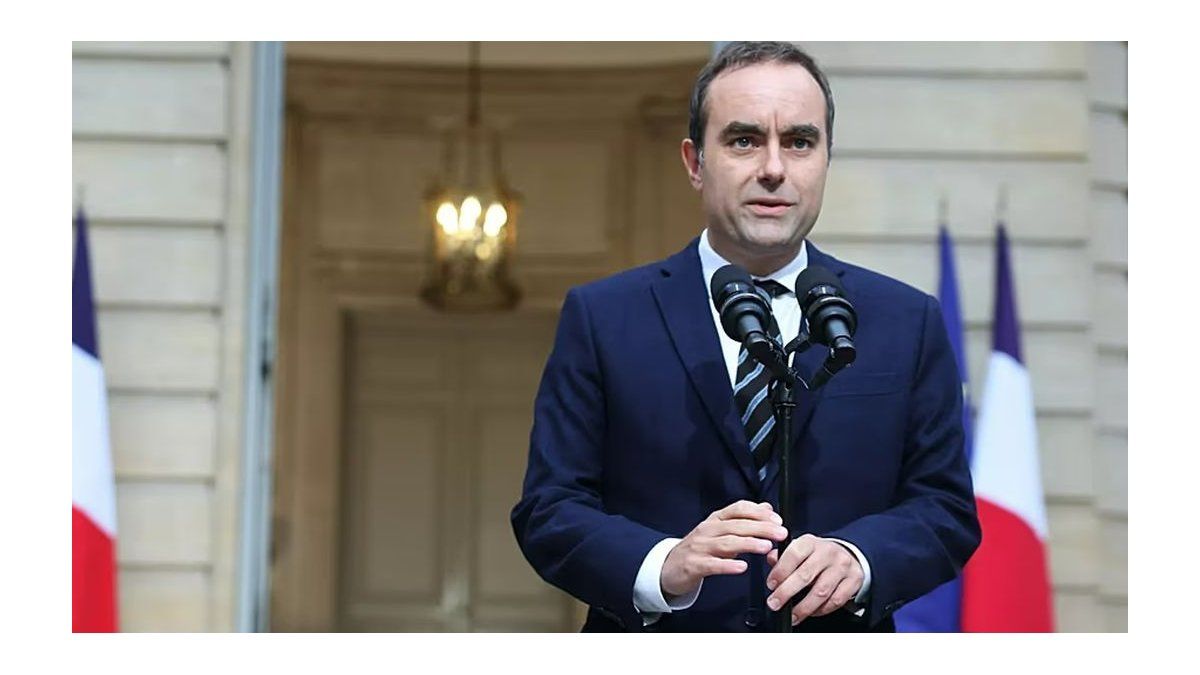Blue dollar: What happened in the last 5 years?
Several things at the same time. The government of Mauricio Macri, in 2017, lived the best of all worlds, dollars entered the country, there was trust and the people supported the process of change, something that could be reflected in the legislative elections of that year.
The reserves of the Central Bank amounted to US$ 46,146 million and monetary liabilities $1,721,038 million, the equilibrium dollar was $37.30, but confidence was very high, dollars arrived from abroad, there was no fever for buy blue dollar and its price was at $16.60.
What happened in the year 2018?
In May 2018, the beginning of the end began for the government of Mauricio Macri, the trade war between the United States and China caused the yuan to devalue, the emerging markets were much riskier and Argentina had not consolidated a fiscal surplus to face a crisis external. The field was facing a severe drought, in the first 5 months of 2018 the liquidation of dollars from the oilseed industry and cereal exports totaled US$ 7,735 million. To have the dimension of these numbers, this year in 5 months approximately US$ 15,000 million would enter. With few dollars in reserves, it was necessary to restructure the debt or borrow from the IMF, the latter was chosen and the decline of Mauricio Macri’s government began.
Reserves, as of May 2018, amounted to US$ 50,098 million and monetary liabilities amounted to $2,169,824 million, the equilibrium dollar was $43.30 and the blue dollar was trading at $26.0, it seemed that the government controlled the situation, but none of that would happen.
Are we going to the year 2019?
We came from a year 2018 with a fall in GDP and high inflation, the spirits were on the floor and the government was losing popularity in the framework of a harsh adjustment policy, which should have been carried out in 2016, but due to the gradualist policy it postponed and the government was forced to carry it out before the elections. Of course, he lost due to a scandal in the PASO with a 16% advantage for the opposition and then in the first round due to a lower result than expected, just 8% difference. In any case, the Frente de Todos came to power thanks to Alberto Fernández and Cristina Fernández.
Reserves, as of May 2019, stood at US$ 64,770 million thanks to the contribution of the IMF, monetary liabilities are at $2,368,189 million, the equilibrium exchange rate was $36.60 and the dollar blue already reflected the lower credibility in the government, trading at $46.0.
We move on to May 2020, Everyone’s Front and pandemic
The new government did not arrive with external credibility, what Alberto Fernández would do was a great unknown, the arrival of the pandemic made everything more complex in Argentina and in the world. The lack of clear policies and a very rude closure of the economy led to a very sharp drop in activity.
By May 2020, we had lost more than US$20 billion in reserves and were on the verge of restructuring the private debt in dollars, something that the Macri government did not do, although it managed to reshape the debt in pesos. Reserves stood at US$42,589 million and monetary liabilities grew hand in hand with an uncontrolled issue, by May 2020 they had almost doubled, compared to 2019, they amounted to $4,135,599 million. The equilibrium dollar was located at $97.10 and the blue dollar discounted the worst, trading at $126.
One year later, May 2021
It was the ideal time to close an agreement with the IMF, but it was postponed until after the elections, with the illusion that the legislative elections would win and this would give them room to negotiate with more force. Many measures were delayed and public spending was expanded, the exchange rate was delayed and tariffs were not increased.
Reserves stand at US$41,872 million, monetary liabilities at $6,197,510 million, the balance dollar at $148.0 and the blue dollar at $160.
How are we today?
More decadent than ever, the agreement with the IMF arrived late, after a great electoral defeat, we were unable to seduce capital to increase reserves, we continue with a deficit and in nominal terms we issued more pesos than in the pandemic. With all the fury this year we will grow 2.5%.
Reserves stand at US$41,542 million, monetary liabilities at $9,154,297 million, the balance dollar at $220.4 and the blue dollar at $210.0.
Clipboard01.jpg
Conclusions
Reserves in 5 years fell 10%.
Monetary liabilities in 5 years rose 5.3 times, a tsunami of pesos.
The blue dollar in 5 years increased 12.65 times.
In the last 5 years, the blue dollar increased twice as fast as inflation and 80% more than the construction chamber index. Goods and properties are cheaper in dollars than they were 5 years ago.
Who has bought blue dollar for 5 years, today gained purchasing power. While 5 years ago with x number of dollars you bought an apartment of 50 square meters, today you buy an apartment of at least 80 square meters. The same happens with many exchange goods, since the rise of the blue dollar doubled inflation.
In an international scenario where inflation will dominate the scene in the coming years, it would be essential to collect things and not bills. When I say not to collect bills, I am saying any type of bills from pesos, dollars, euros or whatever name comes to mind. Tickets are ice cream melting in the sun.
The central banks of the world plan to increase interest rates in the coming months, in order to contain inflation that today is 4 times the return rates of the sovereign bonds of each region of the world that we analyze.
It is very likely that the price of raw materials will remain very firm, especially fuel, with which the high inflation scenario is here to stay in the world and in Argentina for much longer.
Our country has a very positive scenario ahead of it, it has the best terms of trade in history (the price of its exports increases much more than the price of its imports), exports would reach a record sum and we have very high reserves of fuels (oil and gas) that the world needs at this juncture.
The problem we have is that those who govern us do not have a clear diagnosis of the post-pandemic crisis in Argentina and, far from solving the problems, they end up increasing them. It is a typical case of malpractice that is leaving us worse off than when he took power.
The dollar has risen too much in the last 5 years, it is time to transform it into assets that allow us to consolidate a better investment of our liquidity.
in our Private Reports We closely follow the national situation, with the evolution of financial assets, what can happen if the next government lifts the stocks, scenarios in the world and in Argentina. The future of the field, dashboard for decision making, livestock and perspectives of the consumer market.
financial analyst
Source: Ambito
David William is a talented author who has made a name for himself in the world of writing. He is a professional author who writes on a wide range of topics, from general interest to opinion news. David is currently working as a writer at 24 hours worlds where he brings his unique perspective and in-depth research to his articles, making them both informative and engaging.




